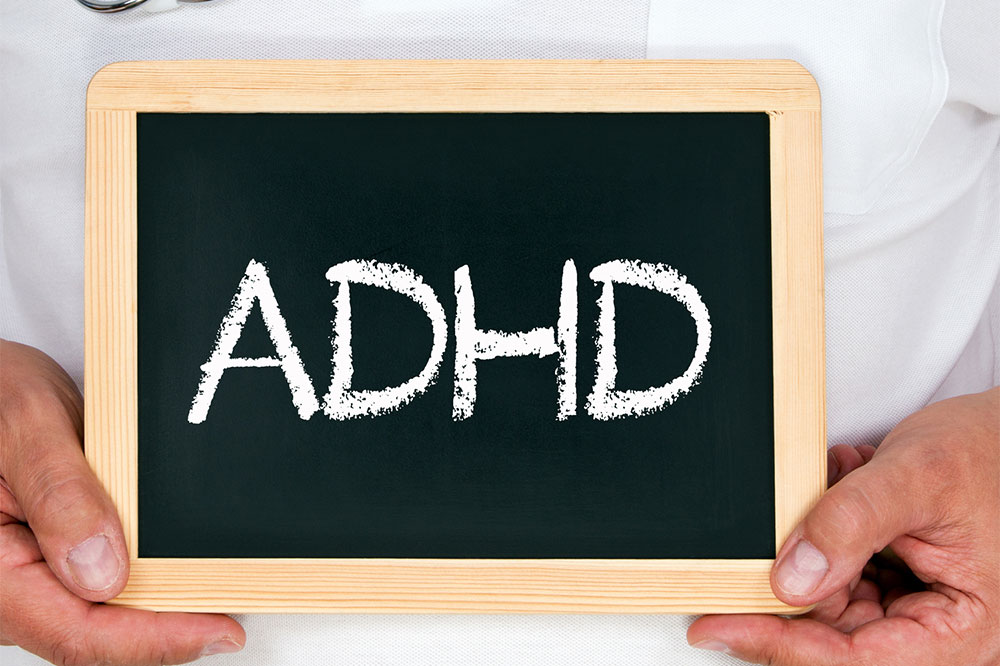Understanding ADHD in Teenagers: Essential Facts for Parents
This article provides vital insights into teenage ADHD, emphasizing causes, symptoms, types, and treatment options. It highlights the importance of early intervention and supportive communication strategies for parents to help teens manage their condition effectively and lead successful lives.

Understanding ADHD in Teenagers: Essential Facts for Parents
ADHD, or Attention Deficit Hyperactivity Disorder, is a prevalent neurodevelopmental condition that impacts many teenagers. Teens with ADHD often exhibit hyperactivity and impulsive behaviors, which can interfere with focus and calmness. Although diagnosed during childhood, symptoms frequently become more prominent during adolescence and may continue into adult years if not properly managed.
Key points about teenage ADHD include:
Causes: Genetics are a leading factor in ADHD development. Environmental influences such as head injuries, certain food additives, and exposure to lead also contribute.
Signs and Symptoms: Teenagers may show hyperactivity, impulsivity, disorganization, focus difficulties, and easily getting distracted. These symptoms often intensify during adolescence due to hormonal changes and increased social or academic demands.
Types of ADHD: There are three main types. Inattentive ADHD involves forgetfulness and difficulty concentrating. Hyperactive-impulsive ADHD includes restlessness, excessive talking, and impatience. The combined type shows both inattentiveness and hyperactivity.
The condition can impair academic achievement and social skills. Risks include accidents and potential substance abuse. Early intervention with suitable treatments can effectively manage symptoms and improve life quality.
Treatment and Management: Options include behavioral therapy, medication such as Ritalin, Concerta, and Adderall, and specialized educational programs or camps designed for teens with ADHD.
Open communication and timely support from parents are vital. Creating supportive environments helps teens cope better and thrive despite challenges.


